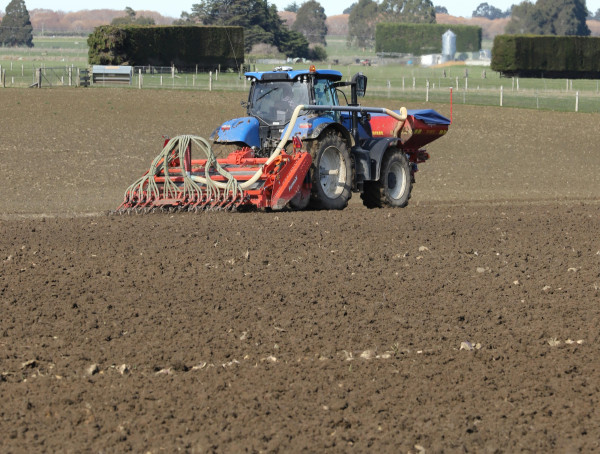Providing another tool to improve water quality
The research has been conducted on plots and at farm-scale and will provide policy makers with advice and farmers another tool in their kit to improve water quality on their properties. Catch crops are an environmentally friendly way to produce dry-matter making them a win for freshwater management and keeping condition on animals.
So, what exactly is a catch crop? Why are we researching them? How and when can they be used by New Zealand farmers to manage nutrient runoff from their farms?
